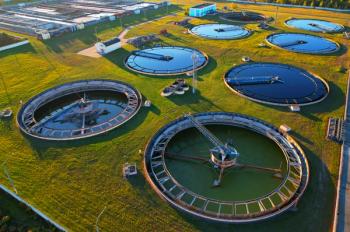
- The Column-05-24-2010
- Volume 6
- Issue 9
Glycan Database
Ireland?s National Institute for Bioprocessing Research and Training (NIBRT) and Waters have announced a collaboration that will create the first database for glycan analysis by UPLC.
During the manufacture of biomolecules correct glycosylation is essential for the protein to achieve the correct structure and therapeutic efficacy. This process can be strongly influenced by many environmental factors during cell culture, such as dissolved oxygen, pH, carbon source and temperature. Given the number of possible glycan structures that can attach to a protein, it can be time-consuming to identify and quantify them all. This is why Ireland’s National Institute for Bioprocessing Research and Training (NIBRT) and Waters have announced a collaboration that will create the first database for glycan analysis by UPLC. Expected to be available in 2011, NIBRT will develop, maintain and license the database while Waters and NIBRT will co-market it worldwide.
“By combining our know-how in separations and glycan analysis with NIBRT’s expertise in glycobiology we can make fast and accurate glycosylation analysis a reality for the makers of biotherapeutics,” said Dr Jeff Mazzeo, director of biopharmaceutical business operations at Waters, in a statement. “Our goal is to simplify and introduce more certainty into the process of analyzing glycans and making quality biomolecules.”
For more information visit
Articles in this issue
over 15 years ago
Ultra-sensitive cocaine detectionover 15 years ago
Underwater asphalt volcanoesover 15 years ago
A stem cells' metabolomeover 15 years ago
Structure-based Prediction of Retention Times for Chromatographyover 15 years ago
The Column Killers...Newsletter
Join the global community of analytical scientists who trust LCGC for insights on the latest techniques, trends, and expert solutions in chromatography.





